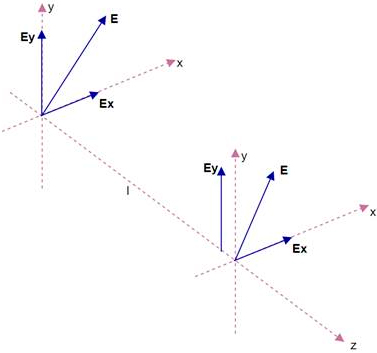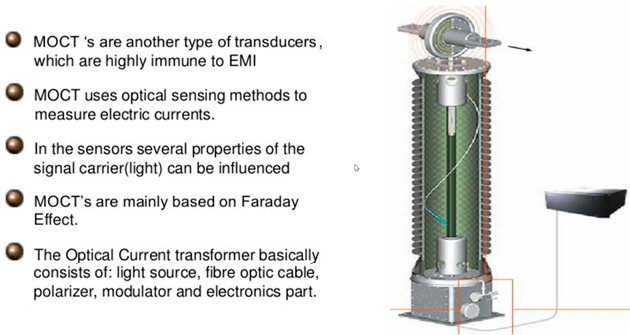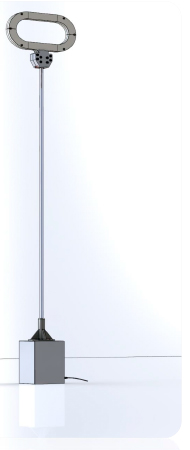Optical Current Transfomers (OCTs) provide big benefits to the grid:
- SF6- Free: They have no environmental impact and are not subjected to special taxation.
- They measure a wide range of grid signals which are not usually detected by conventional instrument transformers.
- They don’t saturate with Short Circuit Currents.
- They can communicate to SCADA and Cloud to enable grid digitalization.
- They can do the function of protection and measurement.
- Some can be light weight.
- They require no internal insulation.
- They eliminate the use of copper.
But how to decide from a Fibre Optic (F.O.) or a Glass Base OCT ?
Let’s go to the basics: Which out of all is the most difficult challenge to resolve to enable current measurement using the Faraday Effect?
One of the main topics in which LUMIKER has worked to develop its CAMOS200 system using OCTs has been how to cancel the linear birefringence, and we have solved it with our Fibre Optic Patent LUM001_EP_EP3308175B1.
What is this effect?

Imagine we decompose light at (0,0,0) into its electric and magnetic fields (Maxwell), in vector X and Y. We push those fields a small distance in Z and you find X, arrives before Y. This means the speed of propagation of X is higher than that of Y, and so that the refractive index of X is more than that of Y. The difference between both refractive indices is called Linear Birefringence.
If this happens, it is impossible to measure anything, there is no Faraday Effect to watch.
How can you control it or cancel it?
Imagine you manufacture an Isotropic Piece of Glass, both Refractive Indices would be the same as they travel through it. This means you can start measuring the Faraday Effect and so the Electromagnetic Field Variation.
A F.O. cable is also a thin length of Isotropic glass, but careful if you bend it, stress it, it will stop being isotropic.
So how are OCTs built to guarantee this doesn’t happen?
Well, currently only the very best in F.O. have resolved it, and there are 3 ways:
With Volumetric Isotropic Glasses
Using Volumetric Isotropic Glasses of a few inches thick, trying to manufacture the glass internal structure so it is really linear, so that the light and magnetic field travels at the same speed. Even so, the Faraday Effect can only be seen when it is big enough, ie. when you are measuring High Currents, and these are stable.
OCTs built this way can be used for HIGH Power healthy equipment, but not to detect and diagnose faults and degradations, you can´t have the required sensibility.

Using HIBI Spun, specially torsion Fibre Optic
It is surprising but if a F.O. is tensioned the Linear Birefringence is cancelled. But careful if you re-torsion it, or leave an elbow when you wind it, it will reappear and again you lose your measure. You also need a good mirror at the end to resend the signal back, that does not change the property of light with temperature changes.
But then this has a cost of 30€/m which means a HV measuring OCTs which need around 200m of fibre has a starting cost of 6k€ only in fibre. And this is difficult for the market to absorb.
Using Single Mode Fibre
LUMIKER uses an internal made winding and torsion on the fibre with G652 fibres. The result is a stable fibre cable, we guarantee that curvatures are kept lean, and a finalising secret ingredient to keep its mechanical stress low, and avoid normal protectors for the fusion,.
With this we have an OCT that can take as stable measures as in 1, with a 1:10 higher sensitivity, and precision (We are working on the 0,1% measurement objective).
We can measure huge ranges (0A up to Short-circuit Currents) but with a 1:10 price difference than 2.

If you need a Current transformer and want to go Optic (Passive, ATEX, EMC, Maintenance – Free), contact us!